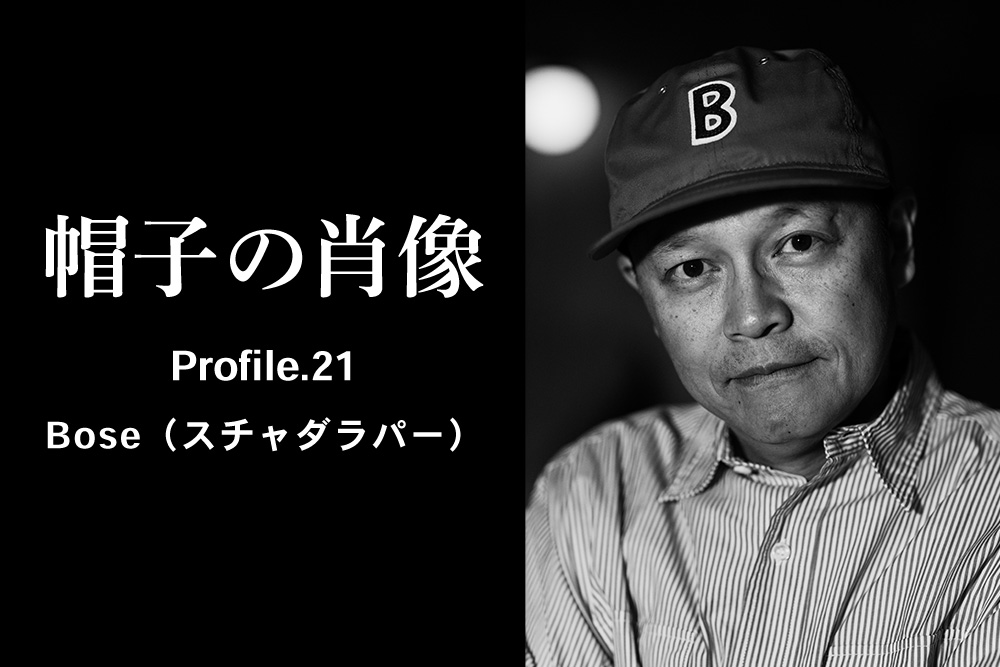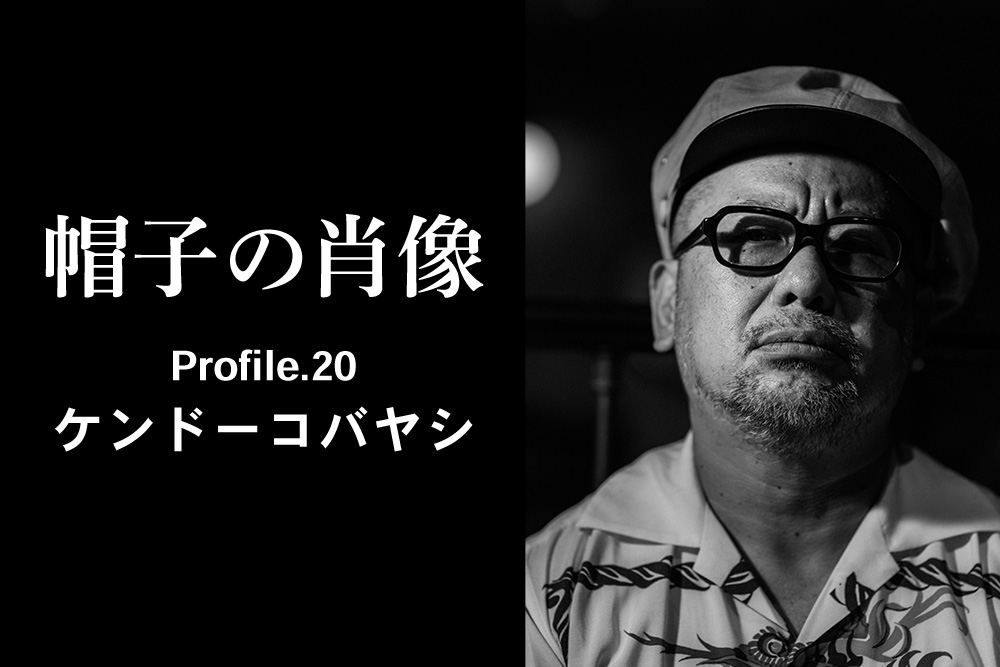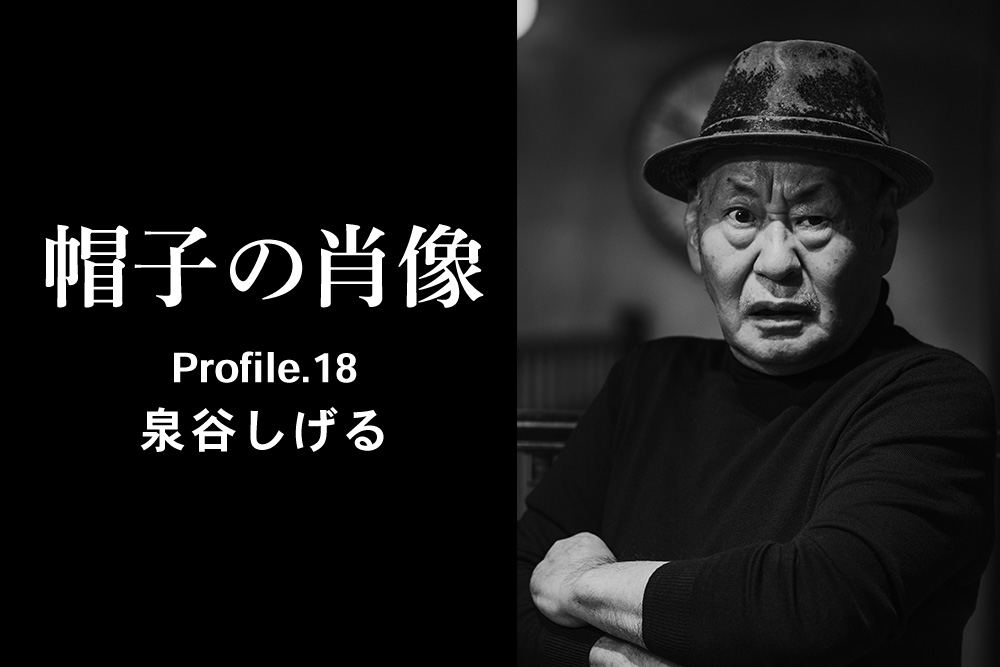5 Questions to Keiichi Suzuki

"The appeal of hats is that there are so many options to choose from."
Tell me about when you started wearing hats.
When I was a child, all the adults around me wore hats, so I often borrowed hats from my family. That was the first time I became aware of hats as a fashion item. When I was younger, if I wore a hunting hat, I looked like a pickpocket, and if I wore a baseball cap hat, I looked like a referee (laughs). It wasn't until I was over 50 that I finally started wearing hats that fit my face.
>Who is the hat wearer that you admire (or have admired)?
I still think the hats worn by the hippie women in "Easy Rider" are the coolest. I also liked Dennis Hopper's hats. That movie had such a decisive influence on me that I even dropped out of the cram school I was attending (laughs). As for musicians, I'd say The Band. All the members are wearing hats on their jackets, and even though they were all in their 20s at the time, they looked cool with an old man vibe. I also admired the hats worn by Kenji Endo, a senior in Japanese music. I was still just starting out at the time, so I couldn't ask him, "Where's that hat from?"
Please tell me what you pay attention to when you wear a hat.
I think I pay attention to the angle. If I'm wearing hunting, I pull it up a little, and if I'm wearing a pork pie hat, I wear it a little lower on my eyes. When the video team is on stage, I raise the brim so that my face is a little more visible. I probably have about 100 hats of all kinds. The most common is pork pie hats. When I'm walking around and I see a hat shop, I just pop in. I found CA4LA a long time ago when I was having tea in Shibuya, and I bought about two hats that day. Taishido (in Setagaya), Koenji, and Nakameguro. I have favorite hat shops in various towns in Tokyo.
Please tell me about the hat you are wearing today.
I bought this when I went to London for the first time as a tourist in 1980. At the time, I was on a trip to visit Abbey Road and other 60s music meccas. I was walking around London and came across a hat shop, fell in love at first sight and bought it, but I didn't realize at the time that it was a Barbour hat. It may have been made for fishing, but I thought the shape was a little interesting. I wore it occasionally, but it wasn't until about 20 years after I bought it that it finally started to suit me. Come to think of it, I've had this hat for over 40 years now.
What does a hat mean to your life?
When you go out, you have to wear clothes, and you can't walk without shoes. But a hat is something you can wear or not. Because it's "either one or the other," you have to think about which one to wear when you go out, and when you decide to wear one, you have to think about which one to wear again. A hat is the topmost part of your body, and it's also the "final piece" of your outfit, so you have to be careful about what you choose. I think it's attractive to me to have so many options and to be confused like that. That's why I end up buying so many (laughs).
 Photography: Kengo Shimizu
Photography: Kengo ShimizuEdited by: Yukihisa Takei (HIGHVISION)
Keiichi Suzuki /
Keiichi Suzuki
Musician/Music producer. Born in Tokyo in 1951. He began his musical career around 1970, supporting artists such as Agata Morio and Happy End, and participating in numerous recording sessions. In 1971, he formed the band "Hachimitsu Pie." After the band disbanded, he formed Moonriders, who debuted in 1976 with the album "Fireball Boy." While still active in the band, he has written and produced music for commercials, idols, enka, and other genres, and has been involved in game music such as "Mother/Mother 2." In addition to his work with Yukihiro Takahashi as part of the duo THE BEATNIKS, he won the Japan Academy Award for Best Original Score for Takeshi Kitano's "Zatoichi" and "Outrage" series. He has also appeared in numerous films and TV dramas as an actor.
X












